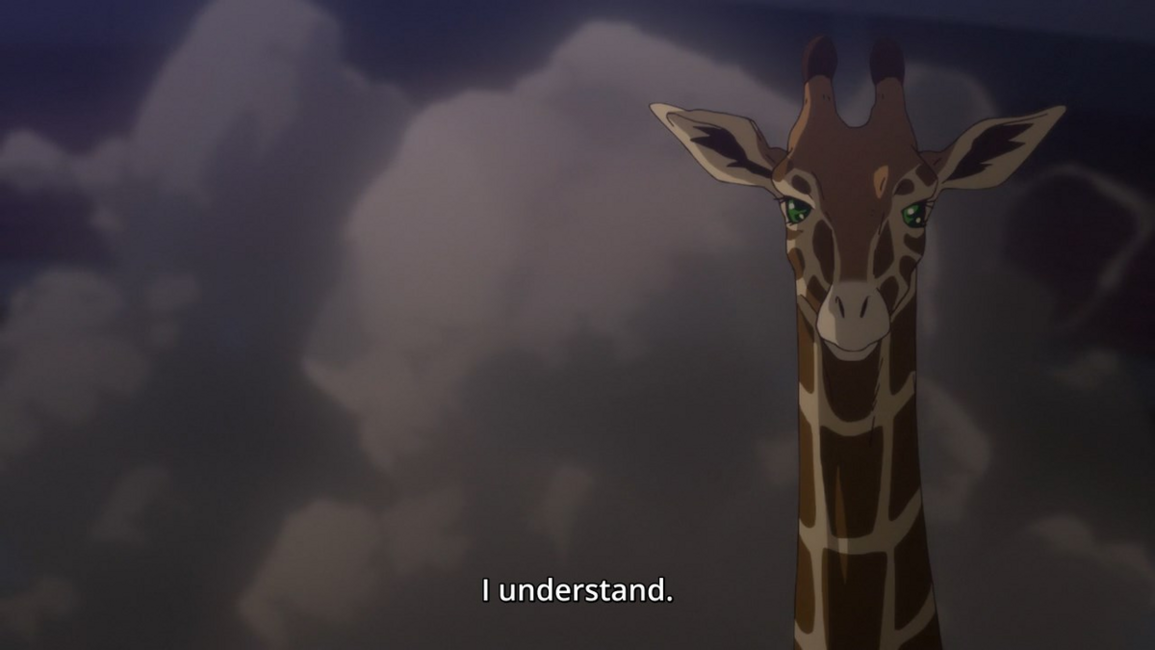
i was forgetting to look at the chapter titles but now that i am, they really look like alternate-universe mountain goats song titles
a problem: how to keep track of the fact that the analogue to the reconstructed proto-indo-european sky-god in this conlang's speakers' ancient religion is (loosely speaking) a trans woman when i'm not currently really recording facts about the culture of its speakers (except insofar as they might be inferred from the lexicon or sample texts)
solution:
nobihél (b-h-l): nf. a sort of priestess to Bihêl that will be so popular among tw if this setting ever develops a tumblr-analogue
just saying that was not the best choice of examples to follow with the comment about some languages utilizing both
@Lady you should have included a “… well now i’ve backed myself into a corner” option on these polls
@Lady yeah seems reasonable. for 2 yeah the derived stems are indeed considered words (a speaker of the language would be aware of the root and pattern and what each tend to mean but the specific meaning of each combination has to be learned separately). so i guess i’ll go with not marking the root or pattern explicitly and glossing for the meaning of the particular stem. (if people need to know the root they can look up the stem in the lexicon)
@Lady kinda.
i think the main points i'm undecided about are:
- should i mark the pattern morpheme within the Midêkʰ text? is that worth the ugliness of ending up with "
gn-\<hi>m\<i>dkʰ\<í>-k" (glossed as perhaps "DAT(F)-word-PL")... - well, i hadn't thought about this problem before yours but, the question of whether to include a gloss for the meaning of the derived stem or that of the root or both...
@Lady do you have thoughts on notating Semitic-style triconsonantal root morphology in glosses
🧚♀️
